Harmonic Analysis (RMA) Worksheet for the song: "My Favorite Things".
Harmonic Analysis (RMA) Worksheet for the song: My Favorite Things.
Jazzplayers, I do (Curt) will associated with the John Coltrane version of the song.
Curt, your CD was fantastic. You are among the ukulele masters of our day.— John K.
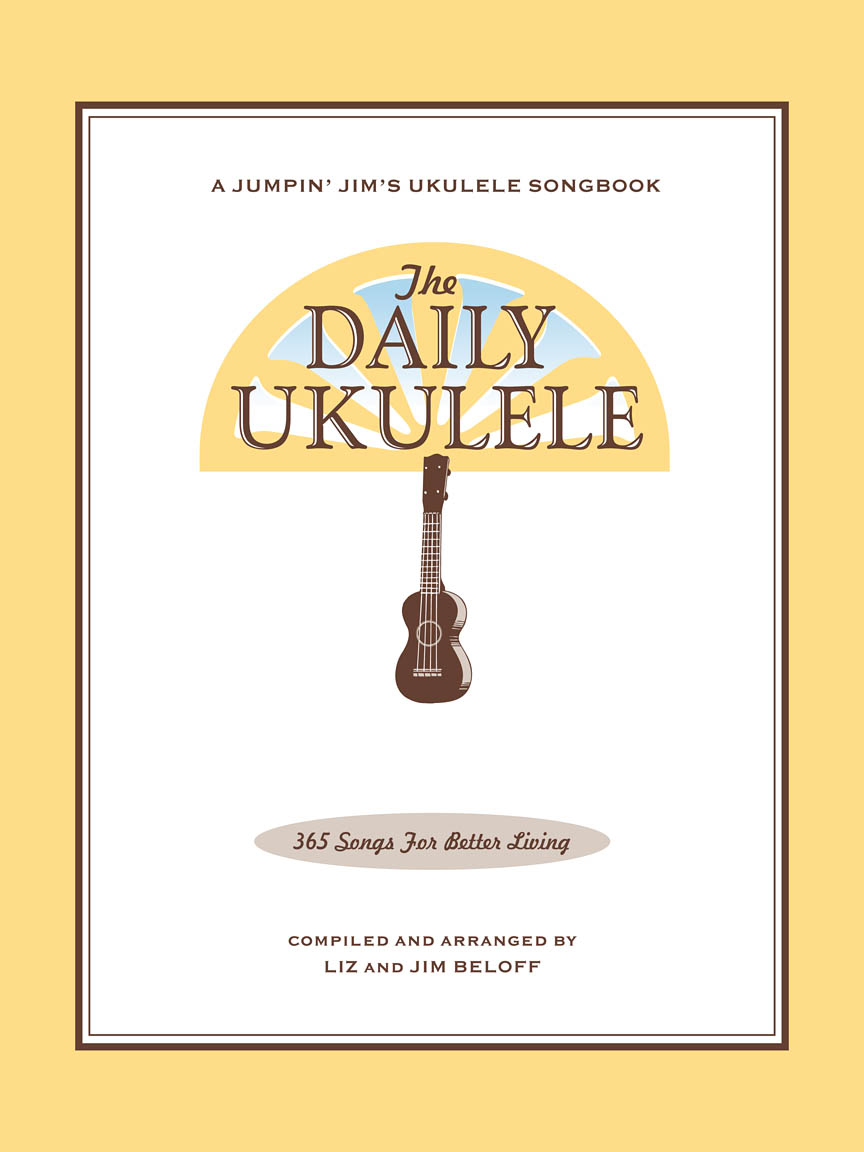
The Daily Ukulele— 365 Songs for Better Living book.










My Favorite Things — Premium Play-along Track
Premium Play-along Tracks are only available to Premium
members and Active/Private Students.
Here is a Demo of Desafinado to get an idea of the quality of these custom play-along tracks.
Play-along Demo: Desafinado
Desafinado — Premium Play-along Track with Guitar Melody Played
I, (Curt) originally created these tracks to perform over for gigs and this was a demo for booking gigs.
These Premium Play-along Tracks are available to LearningUkulele.com Site Members and are my personal one-of-kind tracks I (Curt) and Chuck Anderson recorded and arranged.
View Play-along with Leadsheet at larger size …Using Am in measure three above is close, with the notes A C E also in the F#m7b5 (F# A C E) but Am would create the wrong harmonic analysis and misses the modulation back to Em that should start in this measure — not the next measure. F# Locrian is a great contemporary scale choice for the II V to Em vs. the traditional Harmonic Minor of the I choice..
There's that Am in measure three above pretending to be F#m7b5 (F# A C E) . This time the II V is a Picardy Third resolving to resolving to E . F# Locrian is contemporary scale choice for a Picardy Third vs. the traditional Harmonic Minor of the I choice.
These two measure are not on the play-along track.
End on G6 , the I of the Relative Major of Em . Or, be adventurous, wait for one beat and try Em6/9 — 0 2 2 4. For a Turnback to play the song again us the F#m7b5 B7 , the II V to Em.
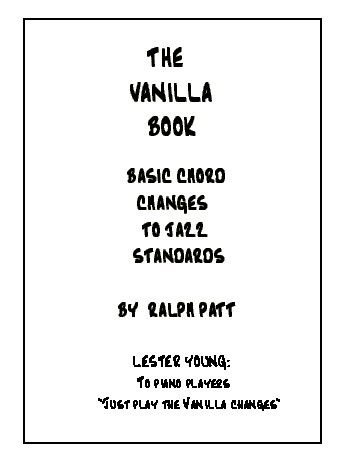
Vanillachanges for My Favorite Things • The Vanilla Book uncovers the basic ("Vanilla") chord changes to over 400 of the most commonly played jazz
standardsto help the jazz player learn the basic
changesand allow the player to add embellishments and substitutions on a solid framework.
Embellishments to basic chords such as added 6ths, 9ths, 13ths, flat 5ths etc. are usually determined by the melody notes and the style of music being played.

[: Em | Em | Em | Em |
| C | C | C | C |
| Am7 | D7 | G | C |
| G | C | F#m7b5 | B7 :]
|| E | E | E | E |
| A | A | A | A |
| Am7 | D7 | G | C |
| G | C | F#m7b5 | B7 |
|| Em | Em | F#m7b5 | B7 |
| Em | Em | C | C |
| C | C | A7 | A7 |
| G | C | C | D7 |
| G | C | G | C |
1._________________________________________________ D.C.
| G | C | F#m7b5 | B7 :]
2.________________________________________ Last Time __
| G | C | G | G |
A Harmonic Analysis (RMA/HA) and its worksheet are intended to show the function of the chords, the harmonic principles used, the keys and tonalities the song explores. And, can be used for scale selections and chord and scale substitutions.
lead leadsheet.Minimal roadmap information such as repeats, fine, D.S., D.C., and codas has been used in preparing the worksheets to somewhat mirror the leadsheet in the Daily Ukulele book.
Yellow Book. You should start to recognize that 1st endings typically always return to a previous verse or an
 section. With a 2nd ending, a transition to a different part of the song, a
section. With a 2nd ending, a transition to a different part of the song, a  or chorus. Harmonic Principles are used for these repeats and transitions.
or chorus. Harmonic Principles are used for these repeats and transitions.- My Favorite Things is in 3/4, Common Time and the Key of Em/G .
- Full Diatonic
- Partial Diatonic • Full Diatonic includes Secondary Dominant chords
- Internal Modulation
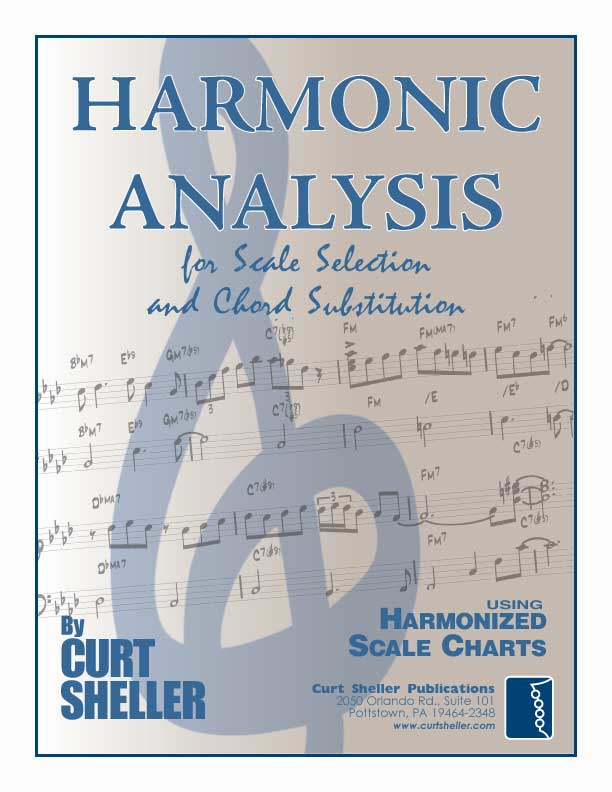
Contemporary Scales: Minor Pent: Minor Pentatonic, Pent: Major Pentatonic, Blues,
Scale/Mode Names: Ion: Ionian (Major), Dor: Dorian (Minor), Phrygian: Phrygian, Lyd: Lydian, Mix: Mixolydian (Dominant), Aeol: Aeolian (Natural Minor), Loc: Locrian
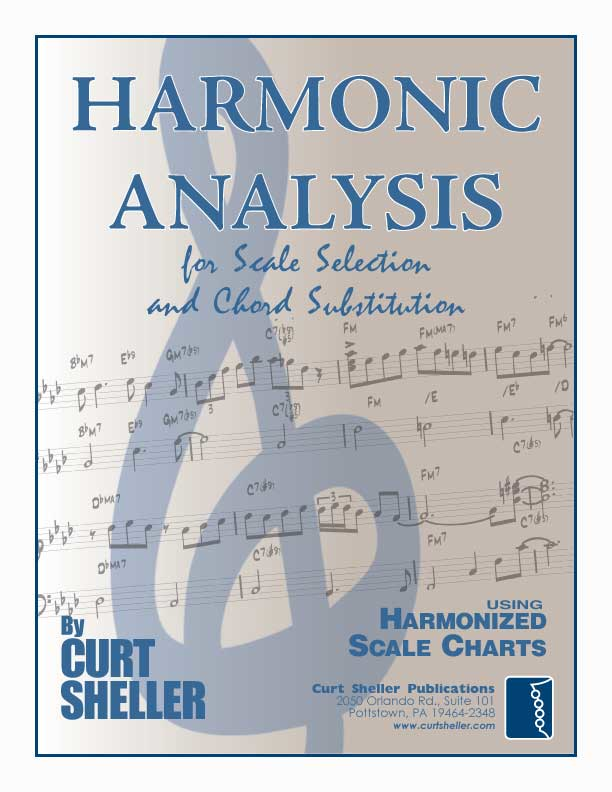
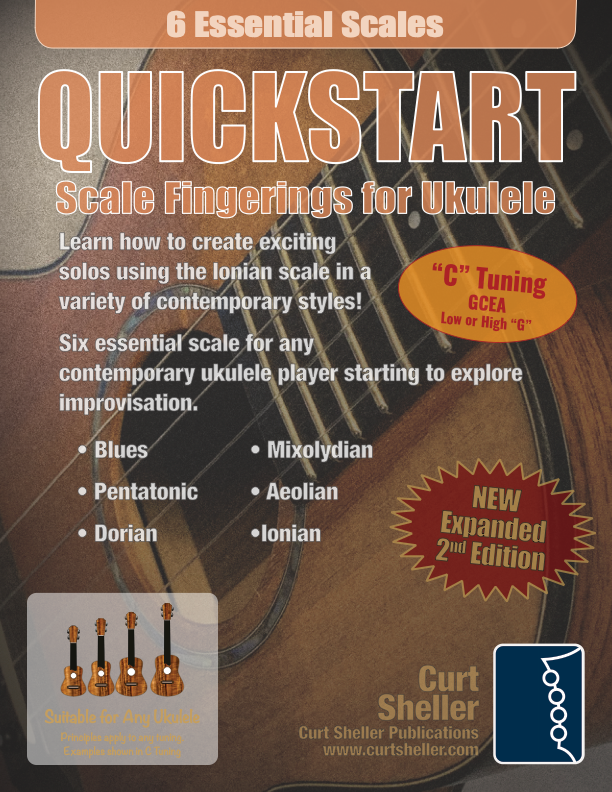
Related Lessons, Videos, Lesson Series, Songs, Books & Reference Charts, Resources & Assets, Workshops are below.

Harmonic Analysis (HA), also known as the study of chord relationships, is the method used to identify the harmonic role of chords within a chord progression or song. A chord progression refers to a sequence of chords, with each chord having a root note and belonging to a specific chord type. The function of a chord within a particular scale's tonality is determined by its relationship to that scale.

Core Chords for Ukulele, The Big Six - From four F7 chord voicings or shapes, your can build your massive 4-part, a.k.a., “jazz” chord vocabulary. Beyond basic open position chords, basic movable form chords and a core set of 4-part chords. There are just too many chords shapes too memorize.
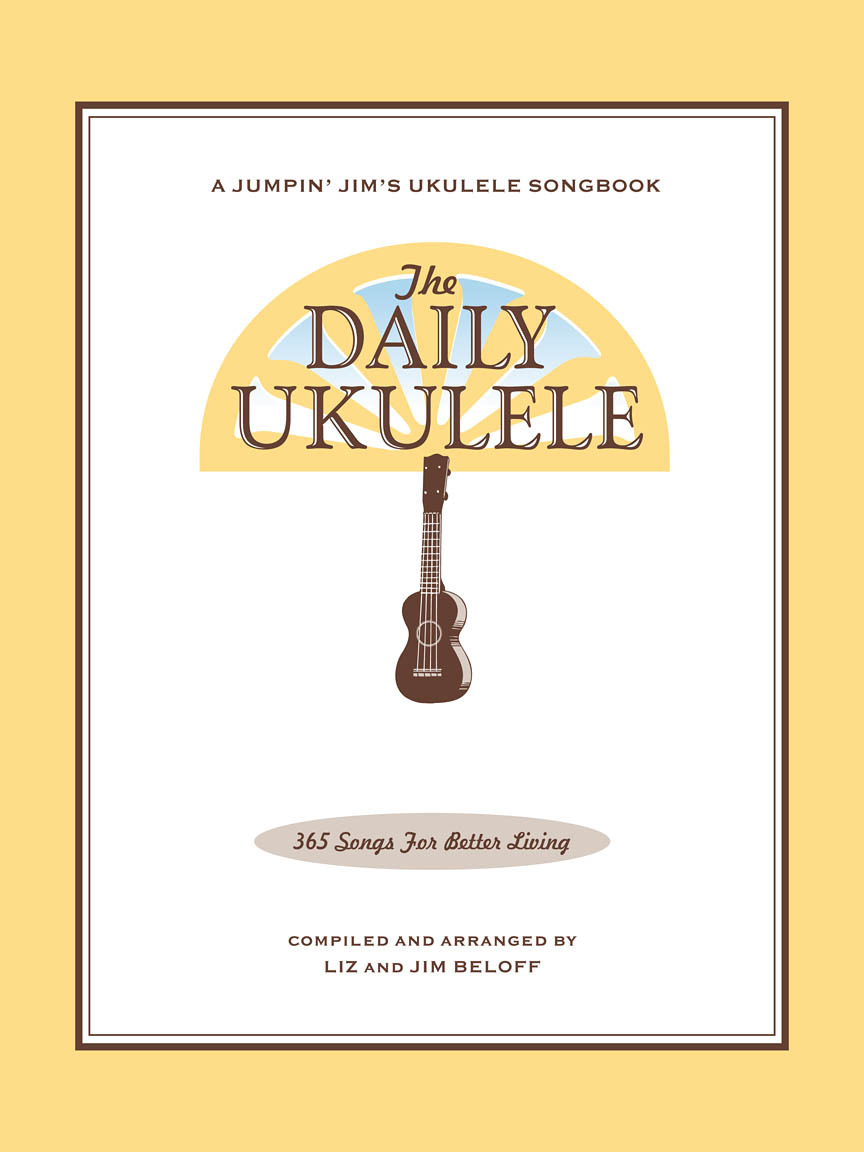
Strum a different song every day with easy arrangements of 365 of your favorite songs in one big songbook! The Daily Ukulele features ukulele arrangements with melody, lyrics and uke chord grids and are in ukulele-friendly keys that are particularly suited for groups of one to one hundred to play and sing.
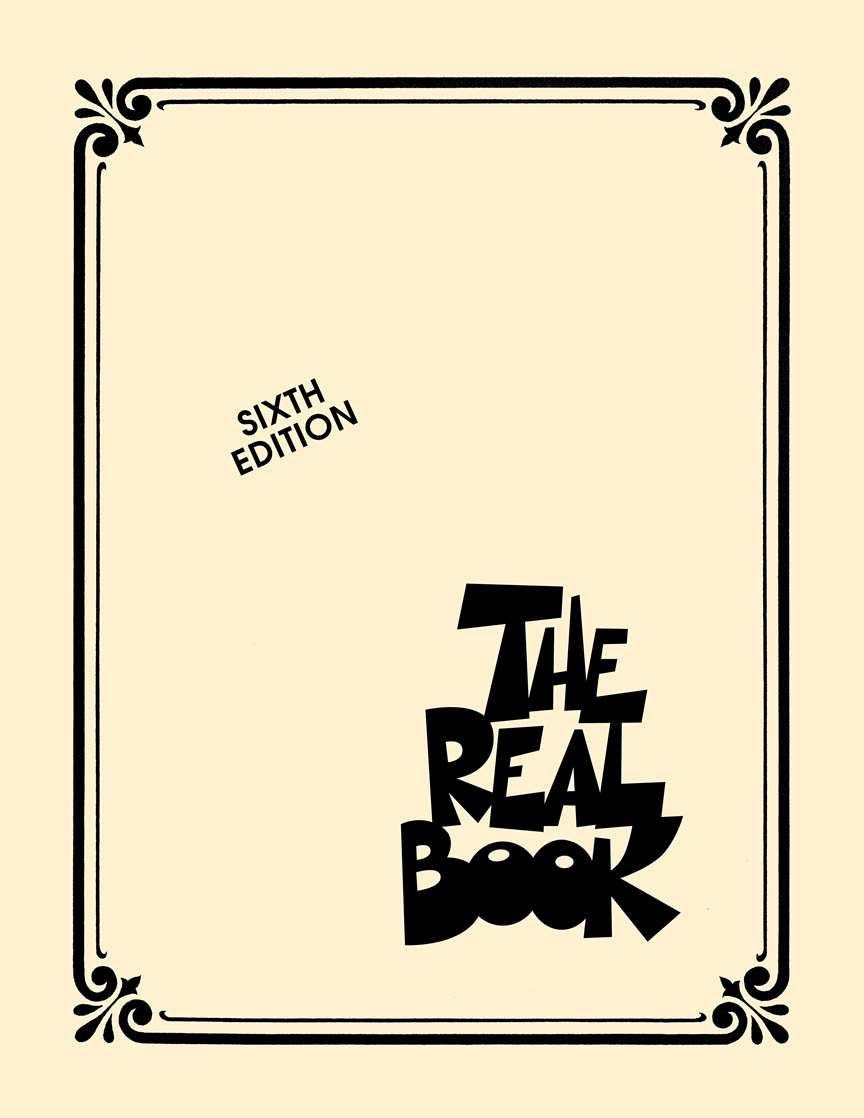
The Real Books are the best-selling jazz books of all time. Since the 1970s, musicians have trusted these volumes to get them through every gig, night after night. The problem is that the books were illegally produced and distributed, without any regard to copyright law, or royalties paid to the composers who created these musical masterpieces.
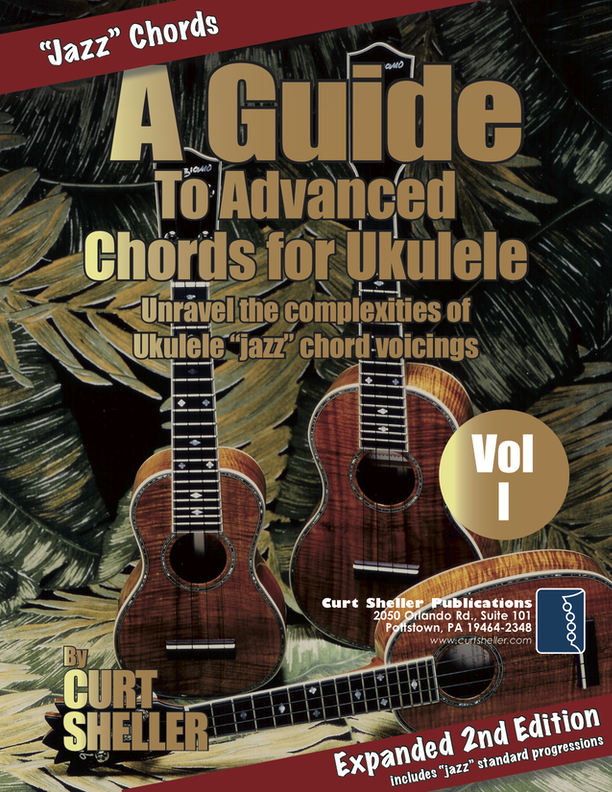
Beyond learning basic Ukulele chords, most players struggle with advanced chords. Commonly called "jazz" chords, these more sophisticated voicings find a wide use in all forms of music. A Guide to Advanced Chords for Ukulele - presents a highly organized and efficient approach to the mysterious subject of advanced chords. Chord dictionaries are not the answer.
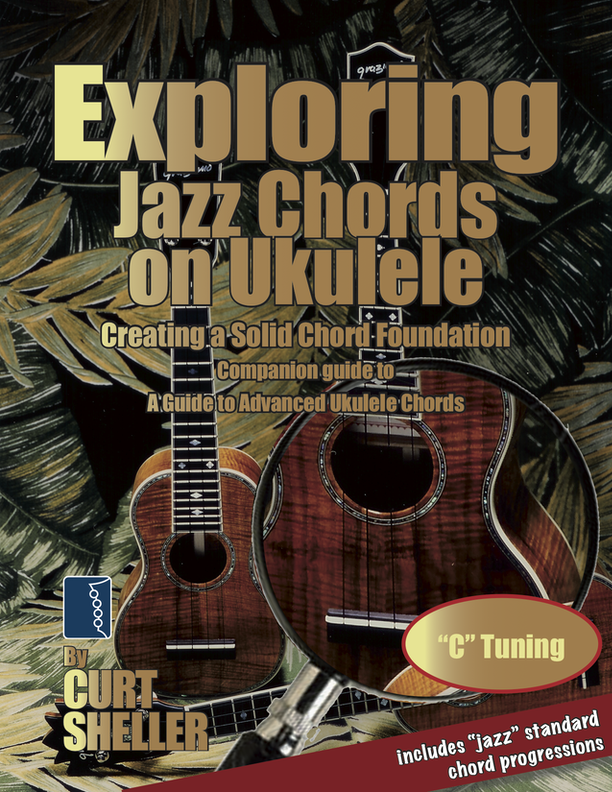
Exploring jazz chords using a variety of common chord progressions based on songs from the standard jazz repertoire. Core Chords are the basic set of chords needed to play a wide range of music, in a variety of styles. This set of chords includes basic open position chords, basic movable form chords and the core 4-part "jazz" chords.

Harmonic Analysis is the understanding of the functional sequence of chords. It is the process used to analyze the harmonic structure of a progression, song or composition. This analysis is then used to make scale selections for improvisation and chord substitution.

Finally, learn the names of the notes of the ukulele fingerboard in C tuning .

Learn the six fingering principles to navigating the ukulele fingerboard. Fingering is one of the most universal topics. Book: Six Secrets of the Ukulele Fingering

Harmonic Analysis is the understanding of the functional sequence of chords. It is the process used to analyze the harmonic structure of a progression, song or composition. Book: Harmonic Analysis for Scale Selection and Chord Substitution

Learn to read single note melodies in the first/open position is a lot easier than you might think. Book: Ukulele – Reading Music Series – Primer

An organized collection of daily practice and reference material for the contemporary ukulele player for developing the vocabulary and knowledge necessary for single note playing. Book: Daily Practice Material for the Contemporary Ukulele
Checkout the Books & Reference Charts for additional Handy, Dandy Reference Charts.

Ukulele Fingerboard Chart for C Tuning, Low or High G – G C E A

Ukulele Fingerboard Chart for G Tuning, Low or High A – D G B E

A handy reference chart of all 15 major and relative minor key signatures. US Letter 8.5 x 11 sized (ANSI-A), A4
Checkout the Books & Reference Charts for additional Handy, Dandy Reference Charts.



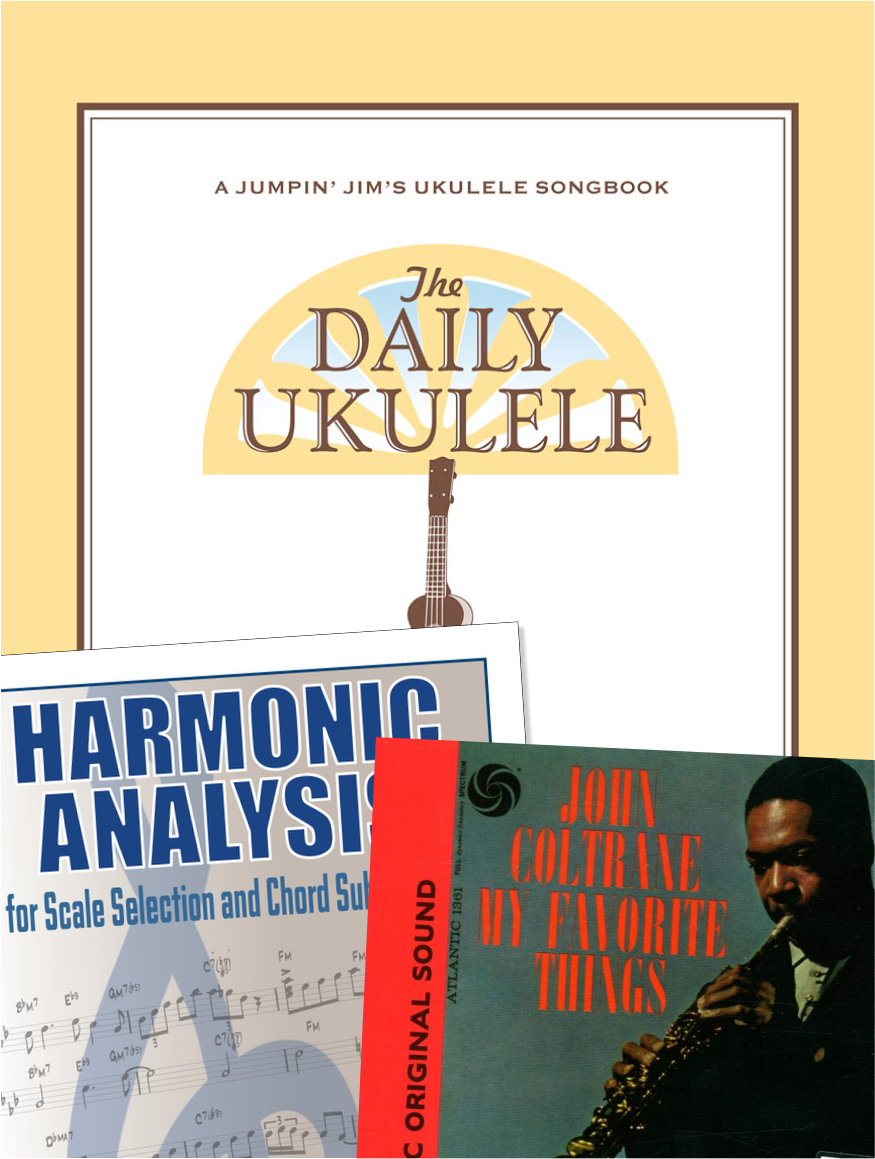
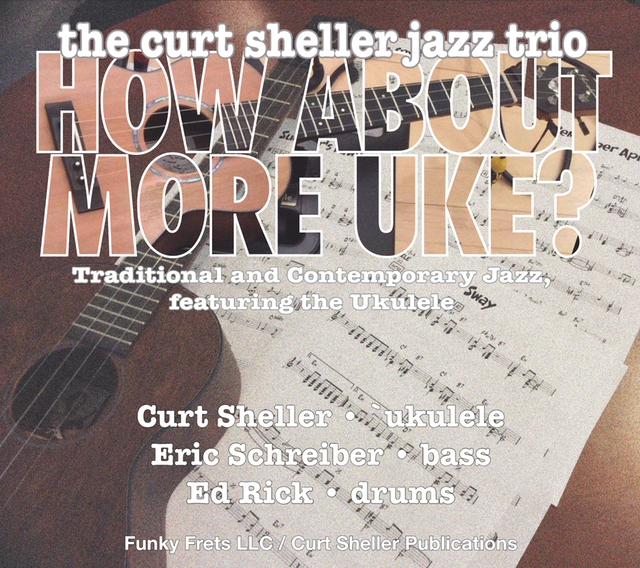
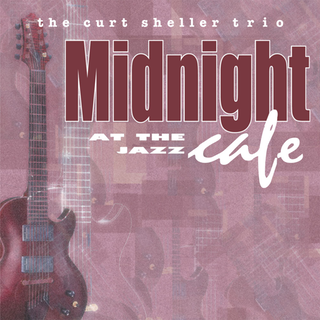


.jpg)